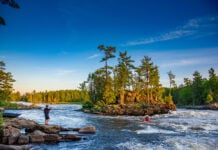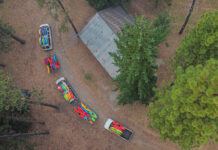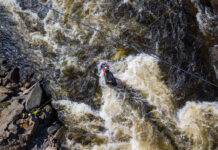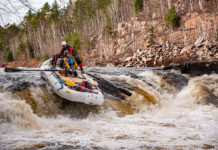I keep a river log. A record of all the rivers and sections I’ve run. It dates back to 1989 and lists almost 300 rivers. Some of those rivers I’ve paddled a hundred times, like the Middle Channel of the Ottawa, where I can picture in my mind’s eye every little current and wave. If I can’t fall asleep at night, I often imagine floating Utah’s five-day Canyon of Lodore section, where I guided for four years, remembering every turn, riffle and technical line through the rocks. I usually don’t make it to the take-out.
There are also rivers in there that draw a total blank—I have no memory of them whatsoever. Brown’s Canyon on the Ark in Colorado—I’ve run it three times and have no mental image. The Lower Yough in Pennsylvania—nothing. The Scott River in Oregon—blank. Other than what my logbook tells me, it’s like I’ve never been there. Nothing comes back to me when I try to remember those days. Or so it seems.
Memory game: Why research tells us to paddle more
Memory is a fascinating thing. Once thought of as dusty old photo albums in our mental attic, advances in cognitive neurology and neuro-imagery are rewriting what we know about what we do with our past. It turns out we do almost everything with our memory: it is tied to our emotions, our reactions, our habits and routines and is the key driver in how we make decisions.
This new understanding of memory has made obsolete what we thought we knew about decision-making and judgement—a topic oft written about in this column and in the outdoor leadership field.
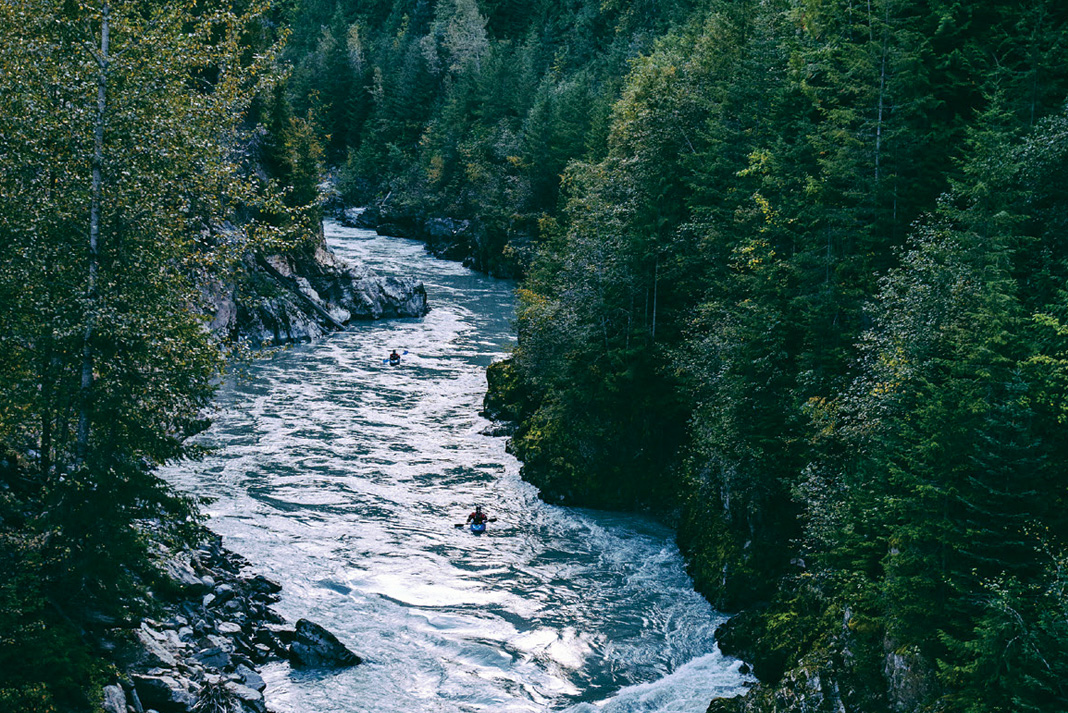
In analytical problem solving, we identify options, assess each, select the best one and implement it. With heuristics, we use rules of thumb to make decisions. But long before these slow, conscious decision processes have even warmed up, a much more sophisticated process has already settled on the best course of action.
As our brains recognize environmental cues, they are subconsciously tested against any existing memories that may identify them—this happens instantaneously.
Memories endure, conscious or not
We also instantly recall things we’ve done in the past, simulate if they could work in this new situation and act accordingly. No conscious decision is actually made—we live more by a reliance on our past actions. Memories are the catalyst. This is known as naturalistic decision-making.
If you think back on your own paddling memories, it is likely the non-normal days that stand out. For me, it’s the Upper Yough, where I felt a good dose of fear, got stuck in a hole and my buddy’s boat got pinned. Or the Yampa River in Colorado, guiding a raft with a blind passenger I had to keep within arm’s reach; rappelling into the Coulonge Gorge in the long-boat days; aborting an eddy on the Yukon’s Tutshi upon realizing a moose had parked there ahead of me—the list goes on.
These adventures stand out because they’re out of the ordinary, but it’s the less notable trips that form the bulk of my unconscious memories—an indistinguishable base that makes up my experience. And so it is with my forgotten rivers: they are not forgotten at all, but have been integrated into a vast memory bank defining a normal river run. Our experience is really about how many memories we’ve accumulated, not how many we remember.
The benefits of building up your memory banks
This experience is the raw material for the naturalistic, on-the-fly decisions we make all the time, every day. When there are no options available in our bank of memories, the slow cognitive machine has to wake up and analyze the problem—judgment has to fill in the gaps. We’re not very good at making decisions this way, so the less often this process gets called into action, the better.
The mandate then, is clear: paddle a lot.
A larger databank of memories by its very nature will stumble upon variations, boundaries and non-normal events, all of which make for better decision-making when it really matters.
Jeff Jackson is a professor with Algonquin College’s Outdoor Adventure guide training diploma and is the co-author of Managing Risk: Systems Planning for Outdoor Adventure Programs.
In case you needed one more reason. | Feature photo: Ryan Creary



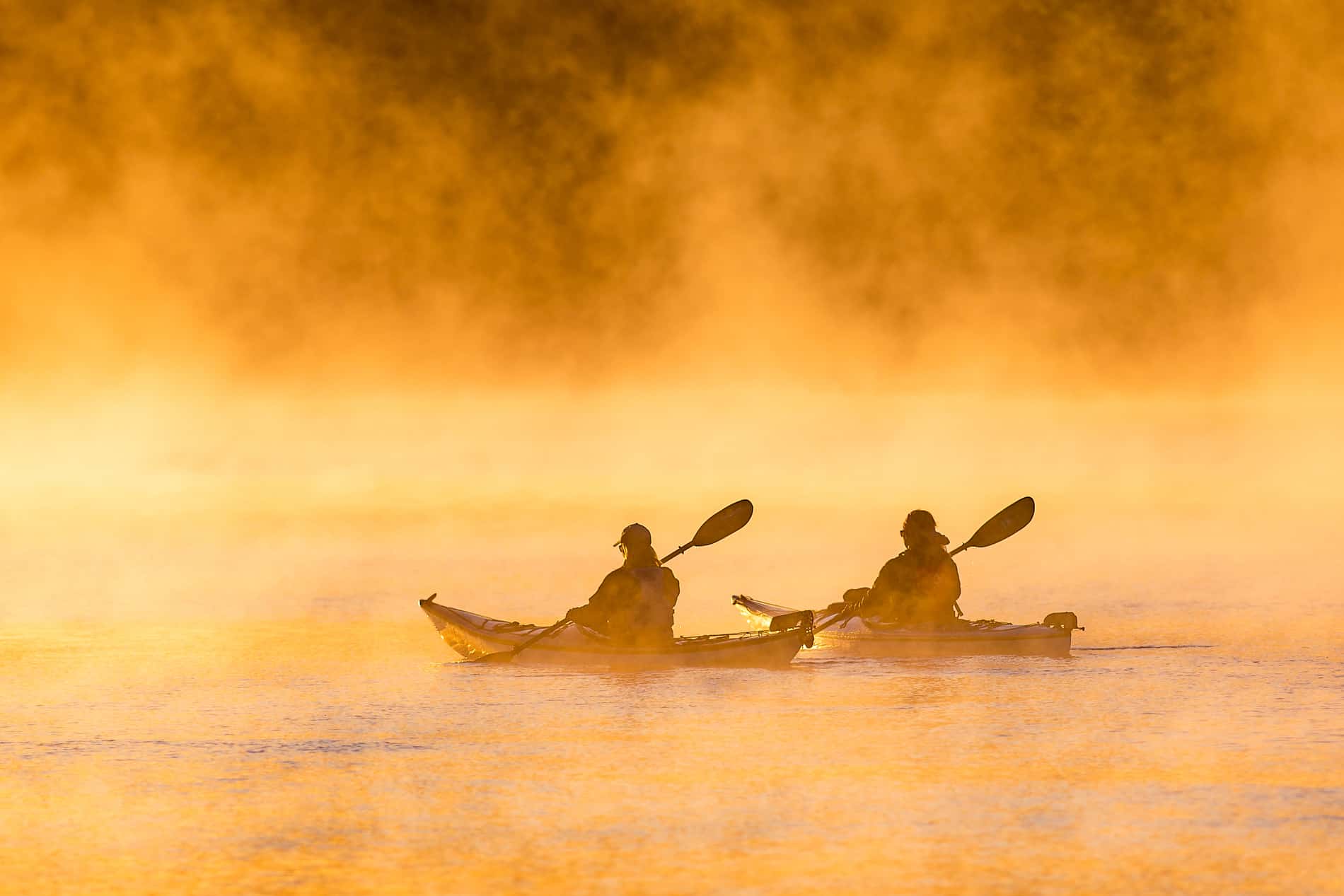
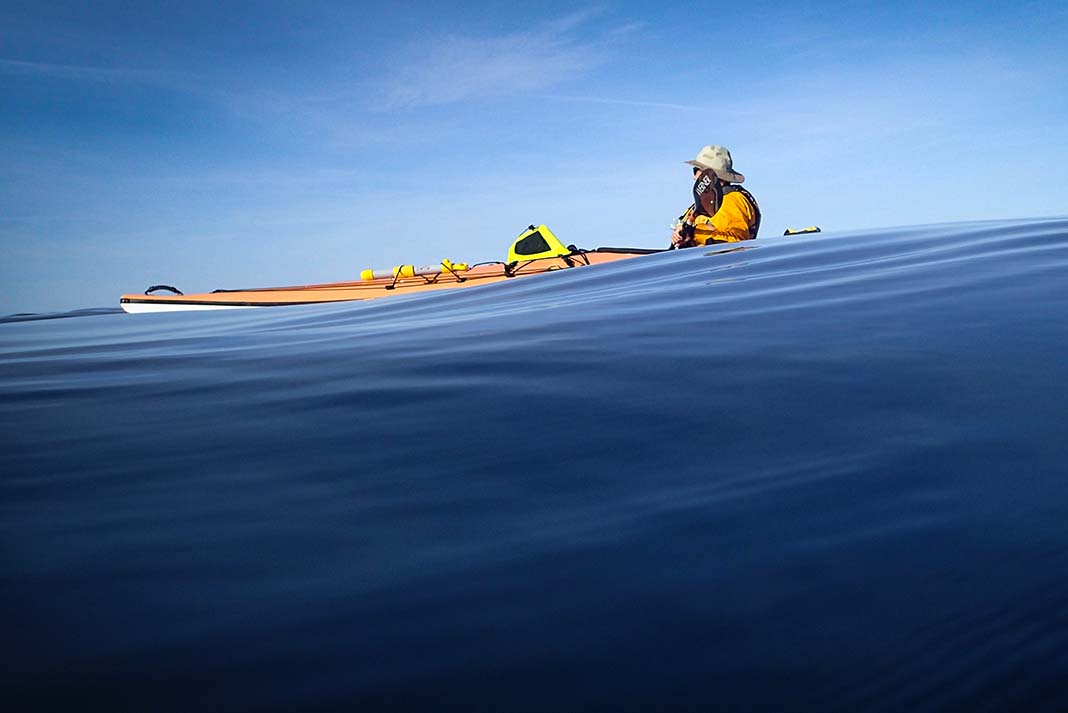
 This article was first published in the Early Summer 2015 issue of Rapid Magazine and was republished in the 2023 Paddling Trip Guide.
This article was first published in the Early Summer 2015 issue of Rapid Magazine and was republished in the 2023 Paddling Trip Guide. 
